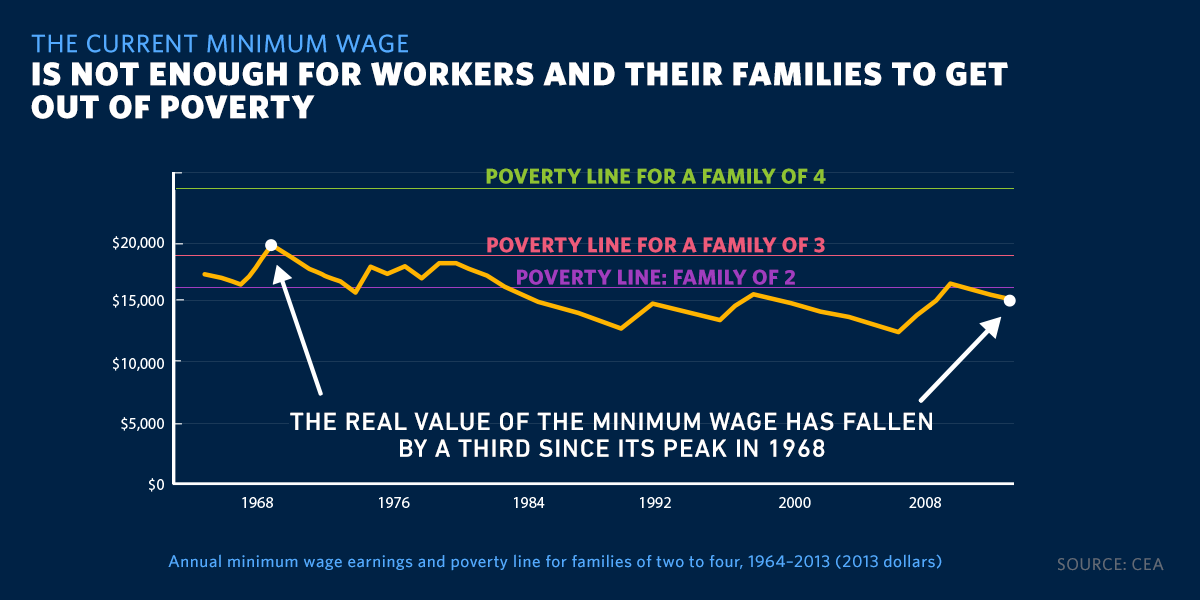Policy makers and researchers have long been interested in how potential changes to the personal income tax system affect the size of the overall economy. Earlier this year, for example, Representative Dave Camp (R-MI) proposed a sweeping reform to the income tax system that would reduce rates, greatly pare back subsidies in the tax code, and maintain revenue- and distributional-neutrality.
In a recently released paper, Bill Gale and I examine how tax changes can affect economic growth. We analyze two types of tax changes — reductions in individual income tax rates without any offsetting tax increases or spending cuts — and income tax reform that broadens the income tax base and reduces statutory income tax rates, while maintaining overall revenue levels and the distribution of tax burdens. We do not consider reforms to the corporate income tax (see Eric Toder and Alan Viard’s recent paper) or reforms that would substitute consumption taxes for all or part of the income tax.
We examine impacts on the expansion of the supply side of the economy and of potential Gross Domestic Product (GDP). This expansion could come in the form of a permanent increase in the annual growth rate, a one-time increase in the size of the economy that does not affect the future growth but raises economic output permanently, or both. Our focus on the supply side of the economy and the long run is in contrast to the short-term phenomenon, also sometimes called “economic growth,” by which a boost in aggregate demand in a slack economy can close the gap between actual and potential GDP.
While there is no doubt that tax policy influences economic choices, it is by no means obvious on an ex ante basis that tax rate cuts will ultimately lead to a larger economy. While rate cuts would raise the after-tax return to additional work, saving, and investment, they would also raise the after-tax income people receive from their current level of activities, which lessens their need to work, save, and invest more. The first effect (the so-called “substitution effect”) normally raises economic activity, while the second effect (the “income effect”) normally reduces it. In addition, tax cuts that are not financed by spending cuts or offsetting tax increases raise federal debt, which reduces long-term growth. The historical evidence and simulation analysis are consistent with the idea that tax cuts that are not financed by immediate spending cuts will have little positive impact on growth. In contrast, tax rate cuts financed by immediate cuts in unproductive spending will raise long-term output, but so would cuts in unproductive spending that are not accompanied by tax cuts.
Tax reform is more complex, as it involves both tax rate cuts and base-broadening. In theory, such changes could raise the overall size of the economy in the long-term, although it is unclear how much. One fact that often escapes notice is that broadening the tax base by reducing or eliminating tax expenditures raises the effective tax rate that people and firms face on returns from additional work, saving, and investing, thereby offsetting some of the benefits of statutory tax rate cuts. But base-broadening has the additional benefit of reallocating resources from sectors that are currently tax-preferred to sectors that have higher economic (pre-tax) returns, which should raise the overall size of the economy.
Well designed tax policies may raise economic growth, but there are many stumbling blocks along the way and no guarantee that all tax changes will improve economic performance. Given the various channels through which tax policy affects growth, a growth-inducing tax policy would require (i) the presence of large positive incentive (substitution) effects that encourage work, saving, and investment; (ii) the presence of income effects that are not large enough to offset the substitution effects, (iii) a careful targeting of tax cuts toward new economic activity, rather than providing windfall gains for previous activities; (ivi) a reduction in distortions across economic sectors and across different types of income and types of consumption; and (v) little or no increase in the budget deficit.
Few if any tax real-world tax changes are likely to satisfy all of those conditions. Thus, the justification for sweeping income tax reform changes must rest primarily on objectives other than economic growth.
Cross-posted by Bill Gale at TaxVox.
Tax Policy Center event video from September 9.
Media References:
"Tax Cuts Can Do More Harm than Good," David Cay Johnston, Aljazeera America, September 18.
"Can Income Tax Reform Spur Economic Growth," APPAM, September 15.
"Taxes and Growth," Dietz Vollrath, The Growth Economics Blog, September 12.
"Don't Count on Much Economic Growth from Individual Tax Reform ... Or From Rate Cuts," Howard Gleckman, Forbes, September 10.
